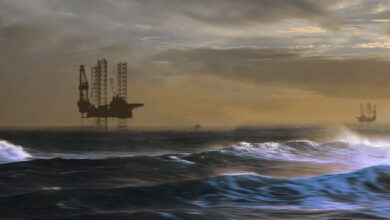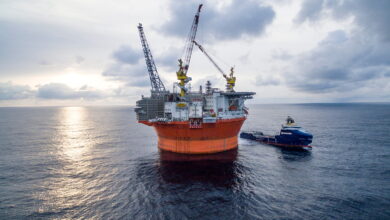BOEM updates terms ahead of Gulf of Mexico oil and gas lease sale
In response to a ruling from the US Court of Appeals for the Fifth Circuit Court, the US Bureau of Ocean Energy Management (BOEM) will publish its updated final notice of sale for Gulf of Mexico (GOM) Oil and Gas Lease Sale 261 in the Federal Register on 6 October. BOEM plans to conduct the lease sale on 8 November 2023.
Lease Sale 261 will offer approximately 13,618 blocks on 72.7 million acres on the US Outer Continental Shelf in the Western, Central, and Eastern Planning Areas in the GOM.
BOEM will include lease blocks that were previously excluded due to potential impacts to the Rice’s whale population from oil and gas activities in the GOM and to remove portions of a related stipulation meant to address those potential impacts from the lease terms for any leases that may result from Lease Sale 261.




